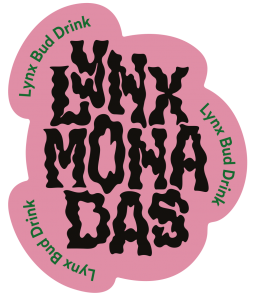#31 Mental health - what does architecture have to do with it?
How much architecture does your mental health tolerate?
Why the talk is inspiring?
A healing environment functions easily as a concept that totalizes the discourse on care architecture; although it may not yet be clear in what way the spatial context could help the healing process, still the idea covers the whole field and matches the most corporate building developments. Even the great Charles Jencks felt shame when asked whether a healing environment existed: he was unable to answer the question. The giant in the history of postmodern architecture and initiator of more than thirty Maggie’s centres designed by the most famous architects, he was shying away, knowing full well that architecture is certainly not fit to heal cancer-suffering patients in any way. The parallel with mental health care certainly holds. Asking a patient in psychiatric crisis care about what a healing environment could mean in the context of the seclusion room, she answered – I paraphrase: ‘I don’t recall how I got in there, let alone what the space looks like, the only thing I need in such a moment is a bottle of milk’. In my lecture I will question the concept of a healing environment in reference to recent architecture projects in Belgium and present totally different stakes in architecture that surfaced in talks with psychiatrists, managers, staff, and patients.
3rd December, 7 pm, at National Gallery of Art
2024
Speaker
Gideon Boie
How the speaker is exceptional?
Gideon Boie is an architect-philosopher, co-founder of the BAVO collective and visiting professor at the KU Leuven Faculty of Architecture. His research focuses on the political dimension of art, architecture and urban planning. He teaches, together with Lieven De Cauter, the master’s courses Criticism & Ethics and Architecture & Activism.
BAVO’s research into the architecture of psychiatry received international recognition with the PC Caritas project – see Unless Ever People (Flanders Architecture Institute, 2018) with architecten de vylder vinck taillieu. Other publications include the edited volumes: Urban Politics Now: Re-Imagining Democracy in the Neoliberal City (NAi010 Publishers, 2007) and Cultural Activism Today: The Art of Over-Identification (Episode Publishers, 2007). Recent publications are the edited volume Living in Monnikenheide: Care, Inclusion and Architecture (Flanders Architecture Institute, 2023) and Discursive Architecture: Tactics for Critical Intervention in the Work of BAVO (nai010, 2024).
RECOMMENDS TO READ
Living in Monnikenheide: Care, Inclusion and Architecture
Gideon Boie
Why the book is worth reading?
Monnikenheide in Zoersel (Belgium) is a residential care centre for people with mental disabilities. In the fifty-year building history of Monnikenheide, different architects have gone in search of new spatial possibilities, with inclusion as a leitmotif. This has created a unique landscape that transcends the boundaries of care architecture.




